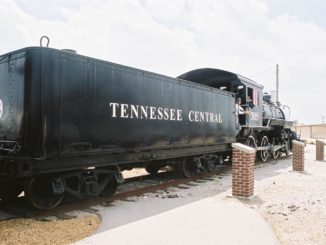
Historic Profiles
Baltimore & Ohio Railroad
On Feb. 28, 1827, the Baltimore and Ohio Railroad – arguably the most important railroad in American history – received its charter from the Maryland and broke ground on July 4, 1828 – 52 years after the signing of the Declaration of Independence. On hand for the ceremony was Charles Carroll, the last surviving person to have signed the Declaration of Independence. On Jan. 7, 1830, the Baltimore and Ohio Railroad started its daily run, though tracks were not yet completed between Baltimore and Ellicott’s Mill, Md. It was the first time in American history a railroad carried revenue passengers.


